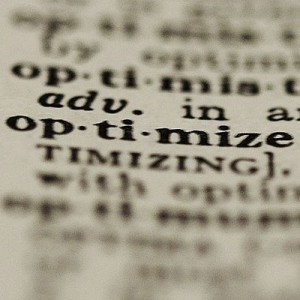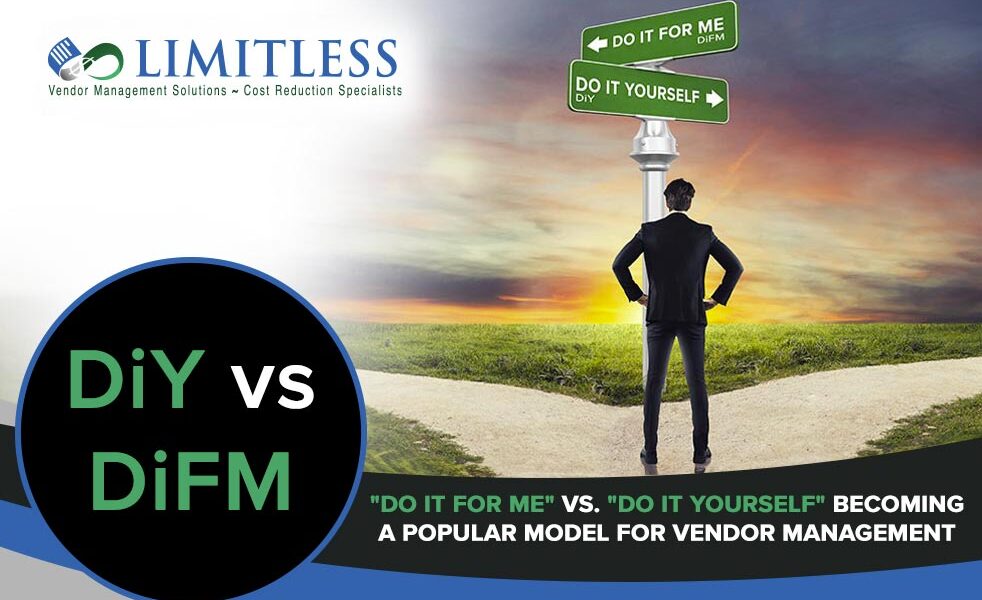By Todd Larsen CEO Limitless Technology~CRS Feb, 14th, 2013
As a company which focuses on billing optimization, I ponder this often. So…Is there a valid reason we are okay with paying too much for an ongoing service?
I would say not, but there are reasons why people pay too much for certain things. Let’s look at some things you most likely pay too much for personally, and then we can look at things you might be paying too much for in your businesses too:
- Brand names. Let’s face it…just because something is advertised well doesn’t mean it is good. Quality has to do with service levels, manufacturing and care after you sign the contract or buy the item. Choosing wisely has nothing to do with what is most popular
- Credit Cards. Okay, here’s where we pay because we don’t explore other options. We get a card so we pay the charges. Credit card pitfalls come in two forms: rewards and annual fees. According to a survey conducted by the Federal Reserve Bank of Boston in 2010, 60% of consumers have a credit card with built-in rewards. There’s nothing wrong with a rewards card, but there certainly is if you can’t or don’t pay off the card every month. Based on a 2004 study by the Federal Reserve, 25% of Americans have no credit cards and an additional 30% pay their balances off every month. That leaves 45% of Americans throwing their cash away on average interest rates of 12.8%. Of equal danger are credit cards that charge you an annual fee. The prevalence of fee-based cards is growing; they made up more than one-quarter of all cards in 2009. But in most instances, unless you’re a very big spender, you could easily find one that offers you similar terms without a fee.
- Your bank Account. Yes…your bank charges you too much for all types of hidden fees and transactions. After all, they are more a service business than a lending institution. The financial research company Bankrate looked at 238 institutions with non-interest-bearing checking accounts: Only 45% of them were fee-free in 2011. That’s down from 65% in 2010 and 76% in 2009. The study also found out that 92% of all checking accounts have waivers built in that drop the fees as long as certain conditions are met (such as a once-a-month direct deposit and a minimum balance). Still, this means if you aren’t careful, you could be getting charged by your bank for access to your own money. However, checking account fees don’t just end there. Taking money out of a non-partner ATM cost consumers an average of $2.40 last year, up from $2.33 in the prior year. Overdraft fees also crept higher, rising to $30.83 in 2011 from $30.47 in 2010. Familiarize yourself with your bank’s policies lest you wind up nickel-and-dimed.
- Electronics and Communications – I know…really? Yes REALLY. The reason you’re overpaying for consumer electronics is the same reason why you overpay for new cars — they depreciate fast. But it’s more than that. Such products face the double whammy of wider availability (as competitors jump on every bandwagon) and innovation, which will perpetually move prices lower. The longer a product is on the market and the more available it becomes, the lower its price should go. In terms of innovation, the drawback of nearly all electronics is that whatever you buy, whenever you buy it, a newer, more high-tech product will be on the market within weeks or months. Take 3-D televisions: In July 2010, the average 47-inch to 50-inch 3-D TV sold for north of $900; a year later, the same TV sold for about $400. This is why Sony (SNE) has lost money on its television division for eight straight years. Buying used — or perhaps buying the previous year’s closeout model — is the smarter way to go.
These are just some examples of things you overpay for, but what about:
- Financial Protection
- Extended Warranties
- Your Car
- Your Home
- Maybe even taxes???….nah.
So now lets’ think about your business or businesses. Could they also be over-paying for services??? Let’s see…
Small Business: Top ten items companies overpay for…1. Health Insurance (43.1%) 2. DSL/Broadband Internet (35.9%) 3. Cellular Phones (33.9%) 4. Business Energy (31.7%) 5. Advertising (22.2%) 6. Accounting Services (16.9%) 7. Voice mail (12.8%) 8. Dial-up Internet Service (11.8%) 9. Financial Planning Services (8.3%) 10. Collection Services (7.8%)
Big Business: Labor, Rent/Mortgage, Advertising, Electricity/Utilities, Internet and Telecommunications
And while I would LOVE to touch on telecom and technology related monthly reoccurring services I won’t….okay I will….so imagine this:
- According to the Aberdeen Group, a leading IT marketing analysis firm, the average Fortune 500 Company processes more than 15,000 telecom-related bills per year and the average mid-market – approximately 3,000 a year. How many invoices do you receive? How many pages are associated with each invoice? How many charges are included on each page? Is it complex and time consuming?
- Up to 85% of mid-market company telecom bills are paid in full and are not audited by the organization. What effect does this have on the organization? Is there an actual experienced team in place to audit your telecom billing? For bills that are validated, billing analysts most often examine just a small subset of invoices associated with the largest spending. How much is being missed in the audit process? In addition to auditing, is the team that is most familiar with the charges also researching better and more efficient communication methods?
- The average Fortune 500 Company spends $116 million a year on telecom services. The average mid-market enterprise spends$26 million a year. How much do you spend?
- On average, 7% to 12% of telecom service expenses are PURE ERROR, a figure resulting in $8 million a year in lost profits. How much are you losing?
- Additionally, Aberdeen found that enterprise billing analysts spend an estimated 20% of their time identifying the billing issue and 80% of their time validating to resolve it. How much are those soft costs?
So…bottom line question is why don’t we optimize spend?
Better question is… why aren’t you?
Limitless Technology~CRS
Delivering expert results on: telecom auditing, telecom contract management, telecom expense management, and telecom billing optimization services.




